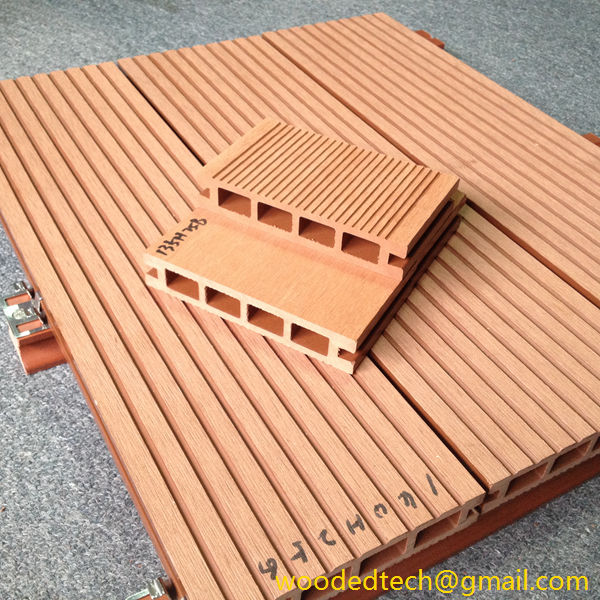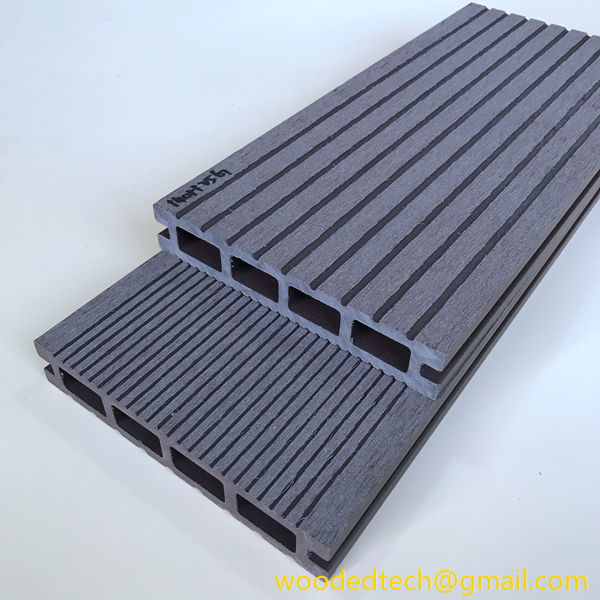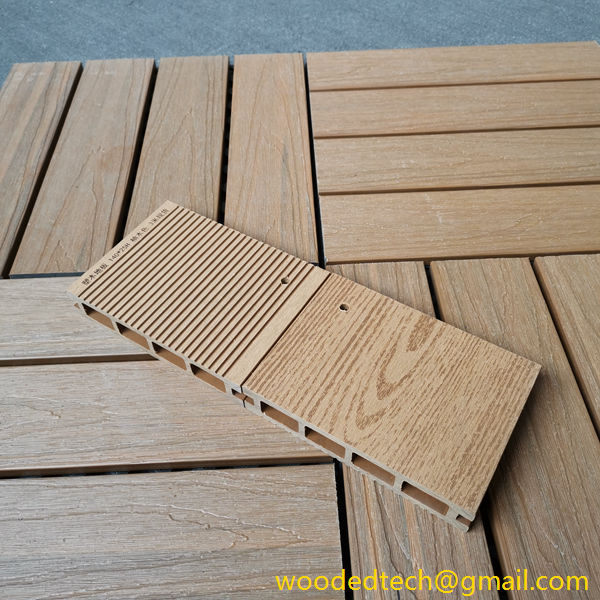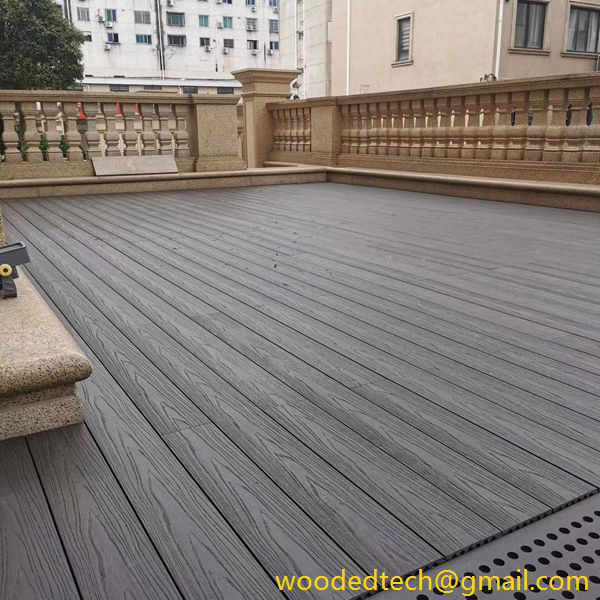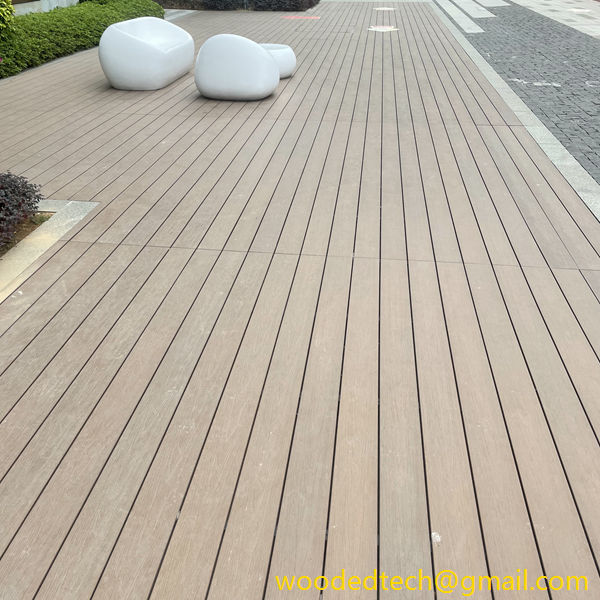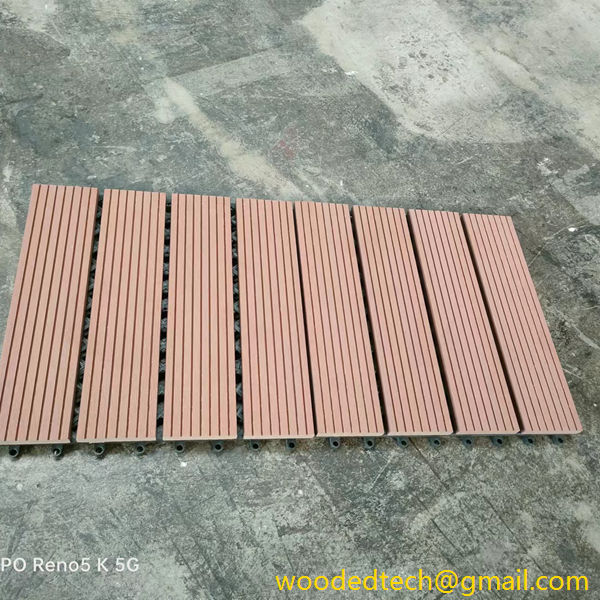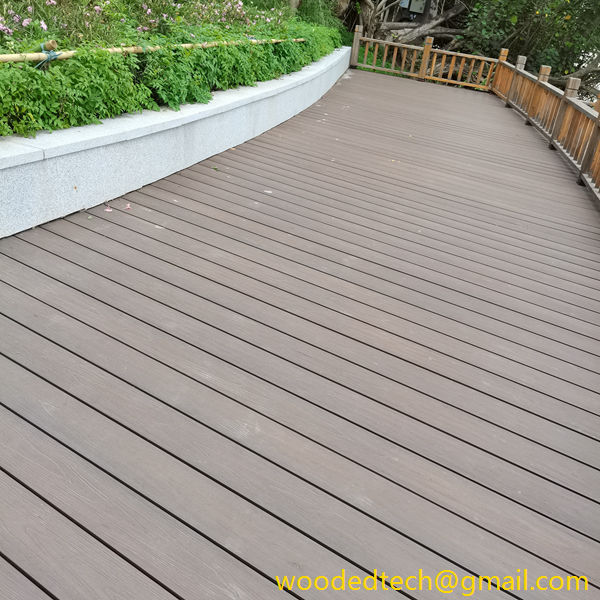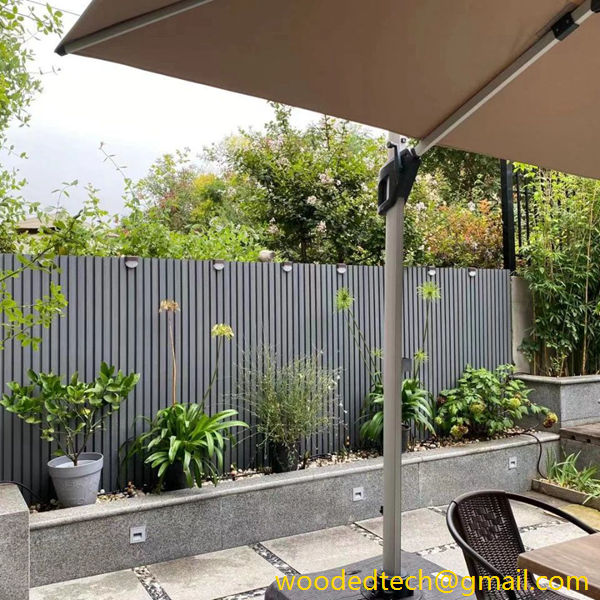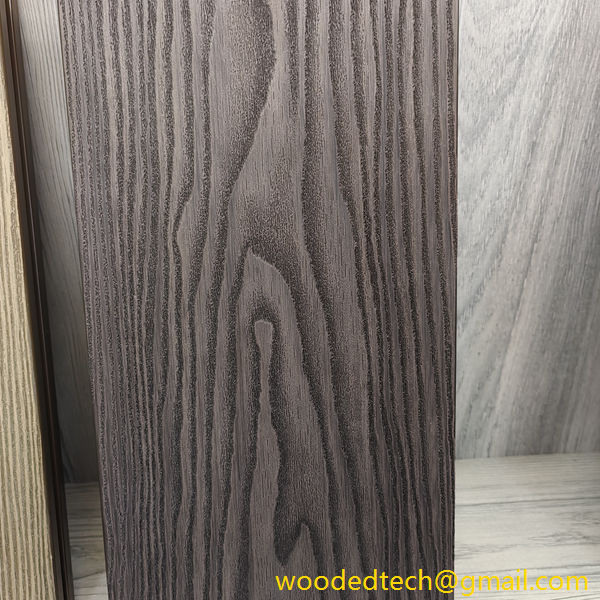What Is Co Extrusion and Its Role in Creating High-Quality Composite Decking Materials
What Is Co Extrusion and Its Role in Creating High-Quality Composite Decking Materials Co-extrusion is a sophisticated manufacturing process that involves the simultaneous extrusion of two or more materials to create a single product with distinct layers. This technology has gained significant traction in various industries, particularly in the production of composite decking materials. Composite…
What Is Co Extrusion and Its Role in Creating High-Quality Composite Decking Materials
Co-extrusion is a sophisticated manufacturing process that involves the simultaneous extrusion of two or more materials to create a single product with distinct layers. This technology has gained significant traction in various industries, particularly in the production of composite decking materials. Composite decking, which combines wood fibers with plastic, offers numerous advantages over traditional wood decking, including durability, low maintenance, and resistance to environmental factors. Co-extrusion plays a crucial role in enhancing the quality and performance of these composite materials.
At its core, co-extrusion works by using multiple extruders that feed different materials into a single die. In the case of composite decking, one layer is typically made from a high-performance polymer that provides resilience against moisture, UV rays, and physical wear. The inner core is often composed of a blend of recycled wood fibers and plastic, delivering structural integrity and a natural appearance. The outer layer, which is often rich in color and texture, is designed to mimic the look of wood while offering superior protection.
One of the primary benefits of co-extrusion in composite decking production is the ability to create a product that possesses the best characteristics of both materials involved. The outer layer, made from advanced polymers, acts as a shield against environmental stressors such as fading, cracking, and warping. This not only extends the lifespan of the decking but also ensures that it maintains its aesthetic appeal over time. By contrast, the inner layer benefits from the strength and rigidity provided by the wood fibers, making the decking structurally sound and capable of supporting heavy loads.
The use of co-extrusion also allows manufacturers to customize the formulation of the materials used in the composite decking. By adjusting the ratios of wood fibers to plastic and incorporating additives, manufacturers can fine-tune properties such as flexibility, color, and resistance to mold and mildew. This customization enables the production of a wide range of products tailored to meet the specific needs and preferences of consumers, from those seeking a traditional wood look to those desiring a more modern aesthetic.
Another significant advantage of co-extrusion is its efficiency in production. The process allows for continuous production, reducing waste and energy consumption compared to traditional manufacturing methods. Because the materials are extruded simultaneously, there is minimal overlap or contamination between the layers, leading to a cleaner final product. This efficiency not only lowers production costs but also makes it easier for manufacturers to respond to market demands and changes in consumer preferences.
Furthermore, co-extrusion supports sustainability efforts within the composite decking industry. Many manufacturers are now using recycled materials in their formulations, helping to reduce the environmental impact of decking production. By incorporating recycled wood fibers and plastic, companies can create high-quality products that are both eco-friendly and economically viable. Co-extrusion enables the effective blending of these materials, ensuring that the final product does not compromise on quality or performance while contributing to a circular economy.
In addition to its role in enhancing the physical properties of composite decking, co-extrusion also opens up new possibilities for design innovation. The ability to produce multi-layered materials allows for unique surface textures and finishes, giving manufacturers the creative freedom to develop products that stand out in a competitive market. From rustic wood grain patterns to sleek modern finishes, the aesthetic possibilities are virtually limitless. This versatility not only appeals to consumers but also allows designers and architects to incorporate composite decking into diverse architectural styles and outdoor spaces.
Moreover, the benefits of co-extrusion extend to the installation and maintenance of composite decking. The durability and resistance to environmental degradation mean that homeowners can enjoy their outdoor spaces without the constant need for maintenance associated with traditional wood decking. Co-extruded composite decking is less prone to splintering, rotting, or warping, making it not only safer but also more user-friendly. This ease of use is a critical selling point for consumers looking for practical solutions for their outdoor spaces.
In conclusion, co-extrusion is a pivotal technology in the production of high-quality composite decking materials. By combining multiple materials into a single product, manufacturers can create decking that is not only visually appealing but also highly durable and low-maintenance. The ability to customize material formulations, improve production efficiency, support sustainability, and enhance design possibilities makes co-extrusion an invaluable process in this industry. As consumer preferences continue to evolve towards more sustainable and durable building materials, the role of co-extrusion in composite decking is likely to grow even more significant, paving the way for innovative products that meet the needs of modern homeowners and builders alike.

